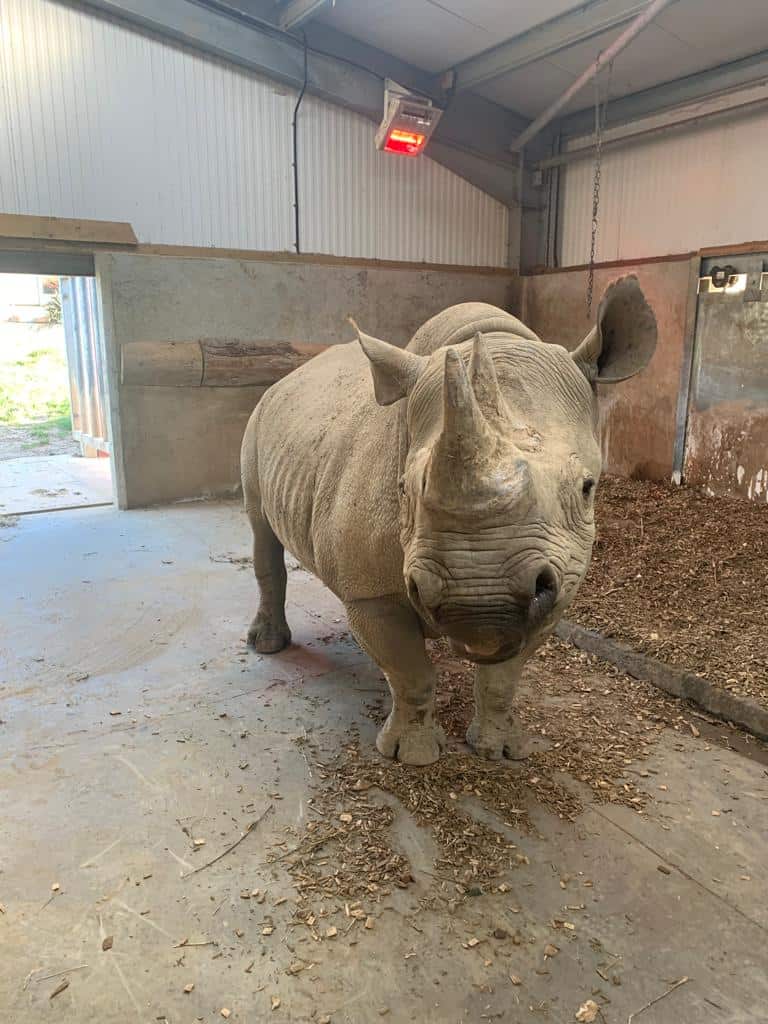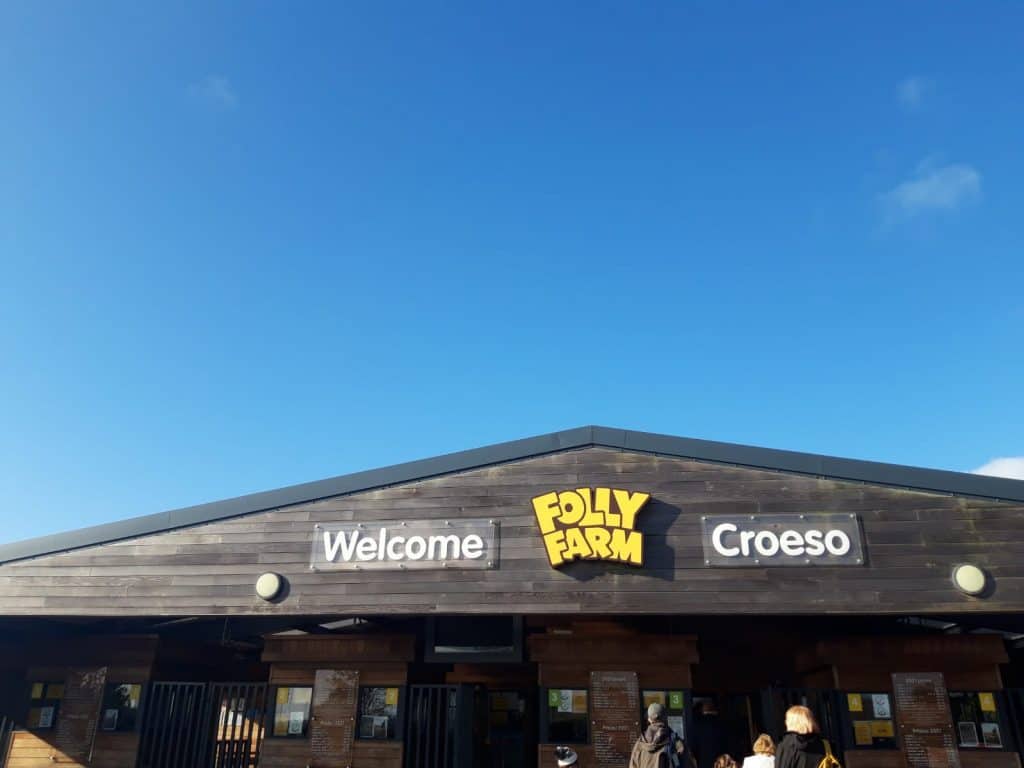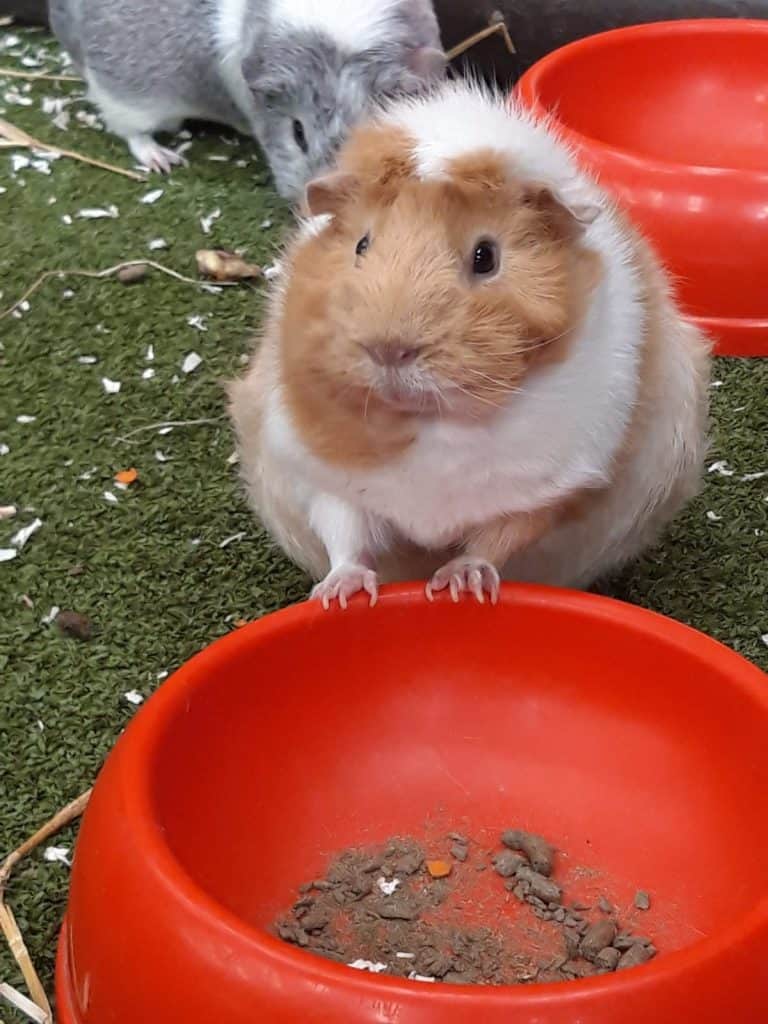I’ve always enjoyed travelling around the UK. Especially to find new places that I didn’t know existed and of course making time to visit the nearest zoo in the area too. So, with the pandemic still affecting travelling aboard I’m taking full advantage of this while I can and recently had myself a little Welsh adventure.
My latest trip to South Wales was to a lovely little place called Mumbles (Mwmbwls in Welsh). It’s a fishing village that marks the beginning of the Gower Peninsula’s coastline. It’s a well-loved area of Swansea and now I’ve been there I can see why!
There were plenty of things to do while in the village. It’s steeped in history and tradition. There’s a Lighthouse that was built in 1794, a Victorian Pier which has an amusement arcade and restaurants on it. The Pier is also the home of the RNLI and has been part of Mumbles Pier for over 100 years. Sadly I didn’t get the chance to go to the Welsh Castle, Oystermouth. However, it is said to be well worth a visit, especially for its fabulous views overlooking the sea. I tried to use my time over in Wales as efficiently as possible so I could to visit as much as possible. Without boring you with everything I did, I’ll tell you about some of my highlights of the trip.
Rhossili Beach
You really will need to go there to see how wonderful a place it really is, photos and words really don’t do it justice.
Rhossili Bay has been voted
- Wales Best Beach 2018
- 3rd in the UK in the TripAdvisor Travellers’ Choice Awards
- 3rd best beach in Europe
- 9th best in the world
And not forgetting our four legged friends, The Times nominated Rhossili as ‘The UK’s No.1 dog-friendly beach’.
Enough said right?
At low tide there is a huge expanse of beach and it’s sand! I was so lucky when I visited as the tide was going out, which gave about 3 miles of sandy shore which encompasses one of Gower’s most famous landmarks, Worms Head. The views are incomparable and are best enjoyed from one of the many available walking routes. I found walking along the cliffs Gower Coast Path gave the best views.
There is quite a bit of wildlife on offer to see, not that I was lucky enough to see them but seals and dolphins can be spotted from here. It’s also excellent for bird life as well, it’s a twitchers paradise!
Walking along the beach also uncovered lots of hidden objects which wouldn’t have be visible with the tide in. Here are some of the things I discovered.
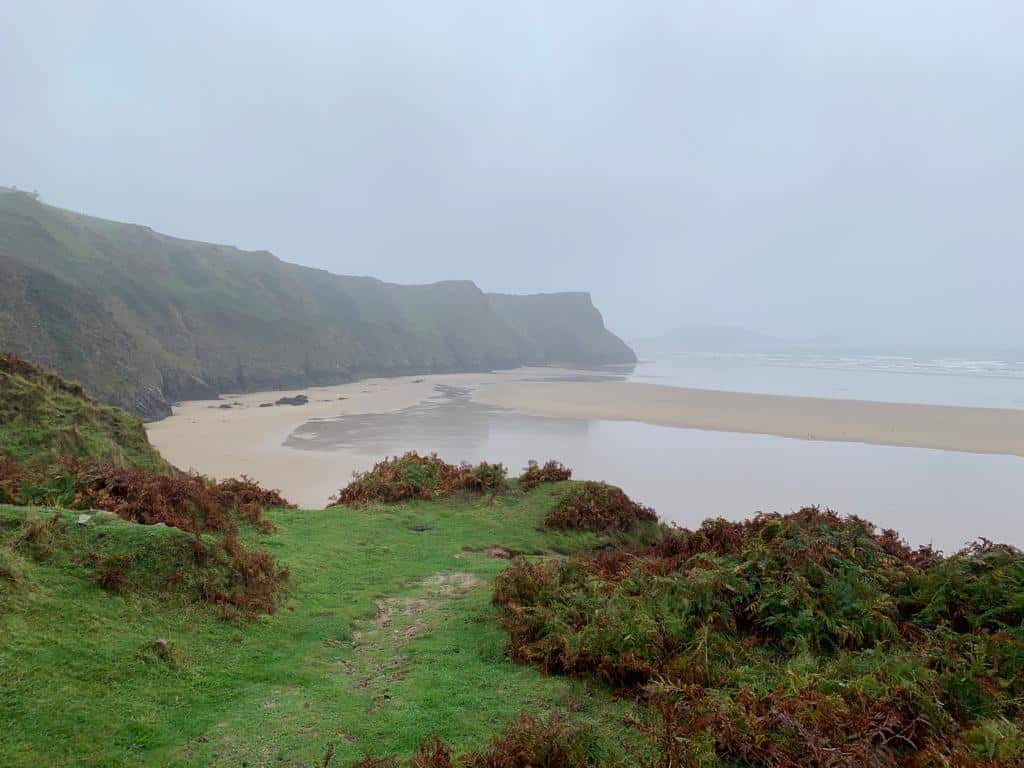


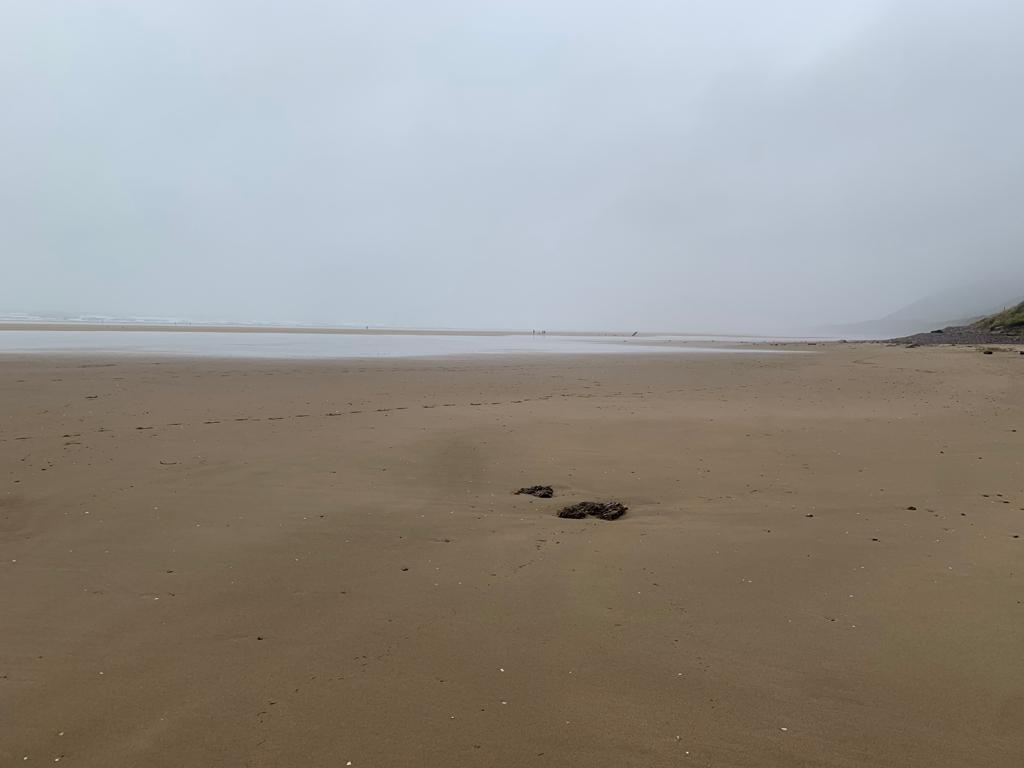
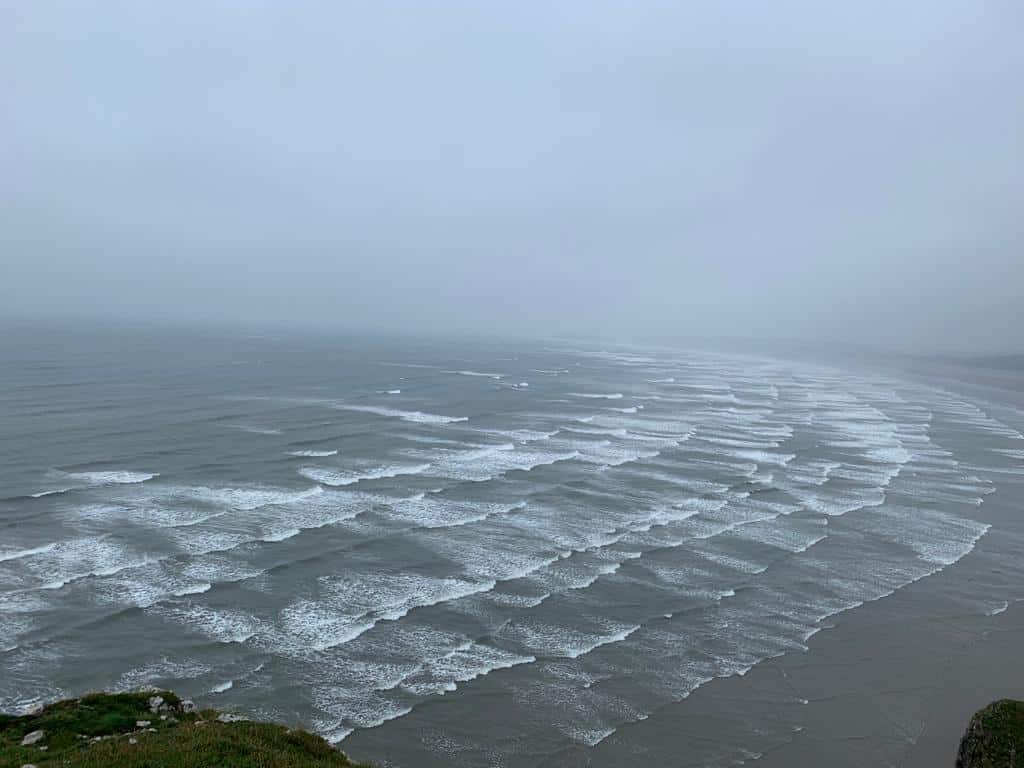
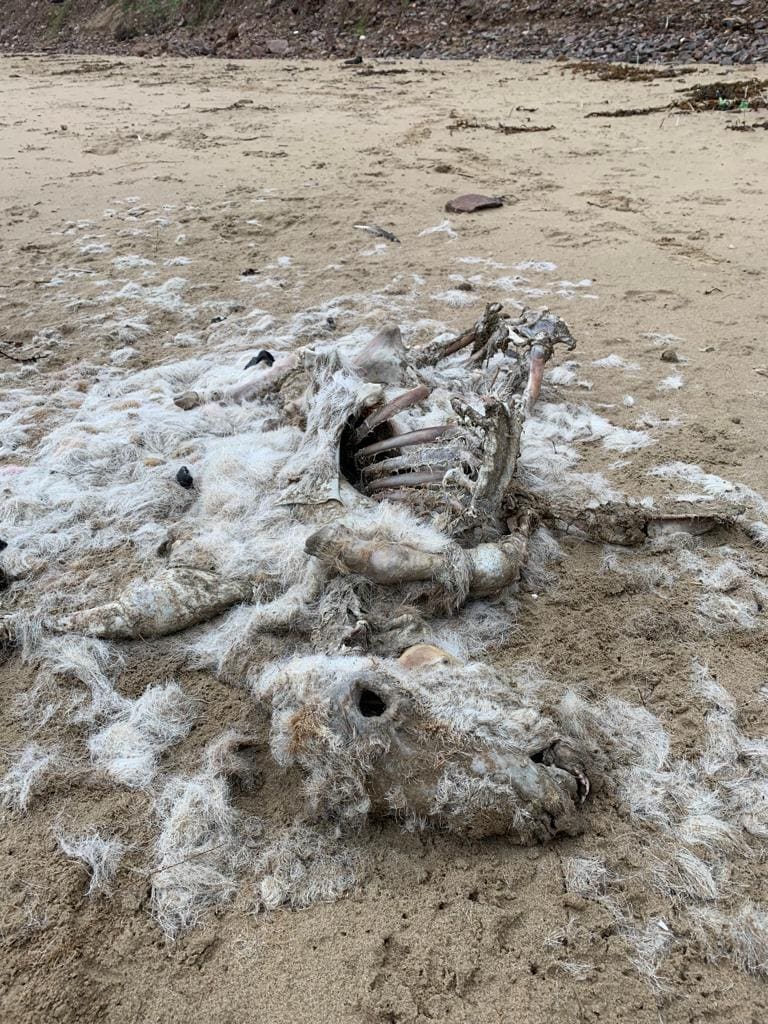
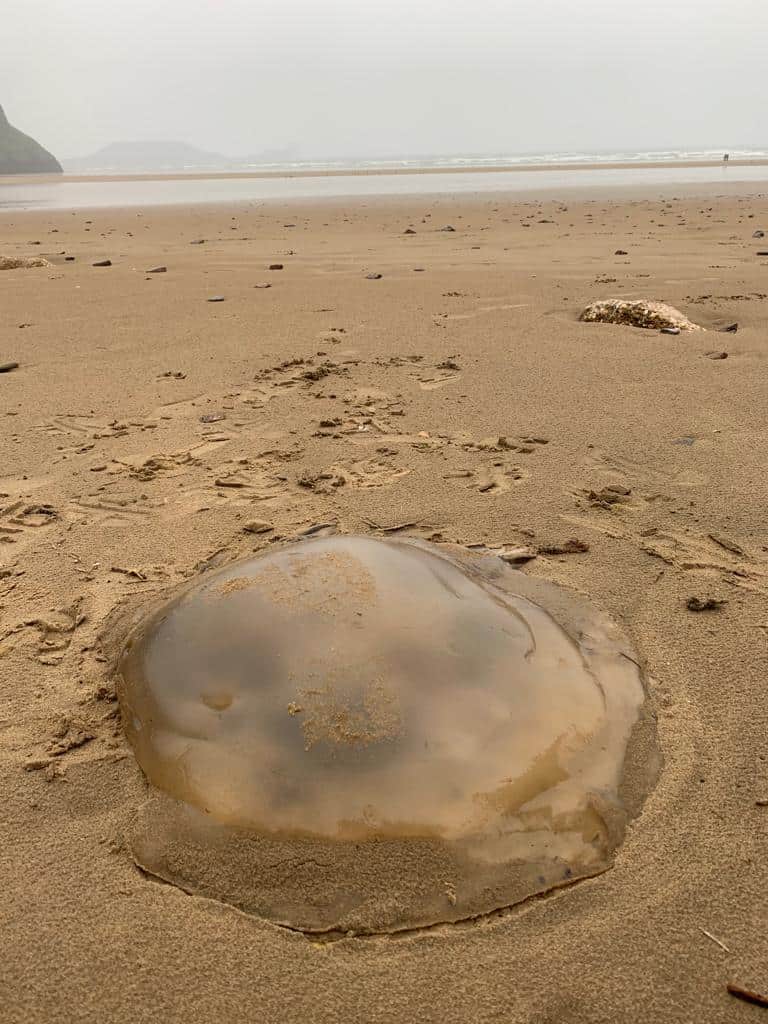
Choughs
I was very fortunate to have my first ever wild sighting of Choughs while walking along the cliffs. They only recolonised the area in the 1990’s after an absence of more than 100 years!
Even in Kent they were once an iconic species on the White Cliffs of Dover. Thankfully Kent Wildlife Trust and Wildwood Trust are trying to restore this charismatic but threatened bird, with its glossy black plumage, red legs and bright red beak back to where it belongs.
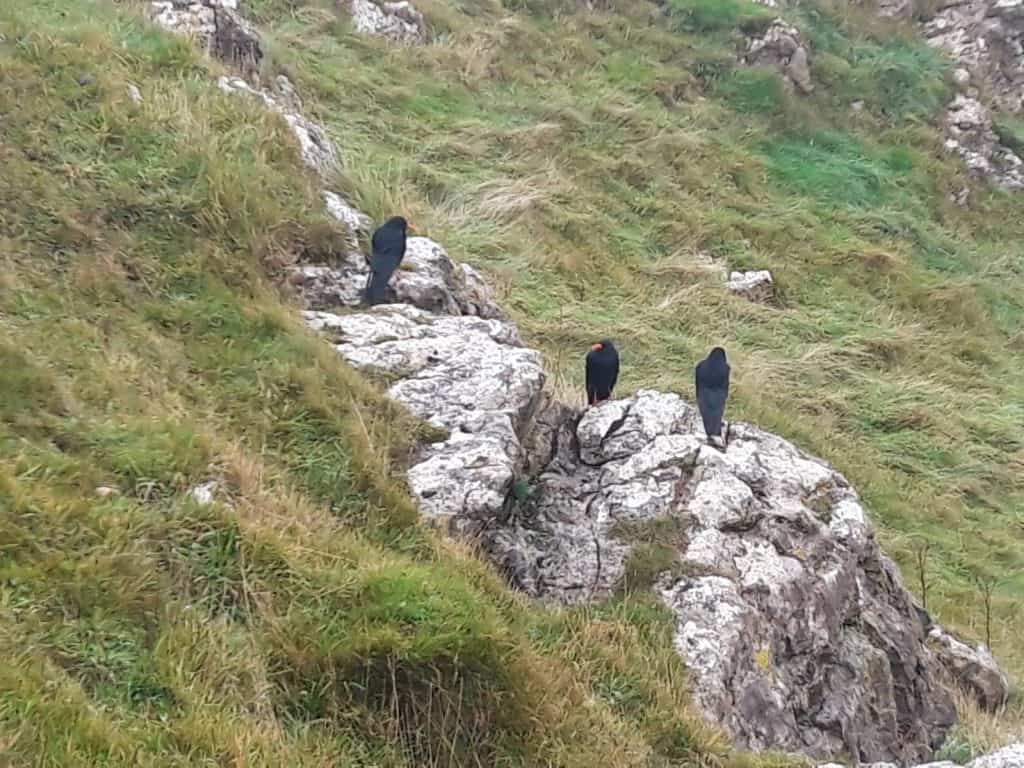
Pollution
Sadly it was very clear to see the amount of pollution that gets washed up onto the beach as well. It is estimated that beach pollution affects more than 800 species of wildlife around the world and more than 100,000 seabirds, sea turtles, seals, along with many other marine mammals die each year after ingesting plastic or getting entangled in it.
I think this matter is very topical at the moment especially after COP26, we must and can all do more to look after our environment. Every year there are organisations that organise beach cleans to help keep Britain’s beaches beautiful and our ocean safe for wildlife. They are always looking for volunteers to help and you could play an important role in a beach near you.
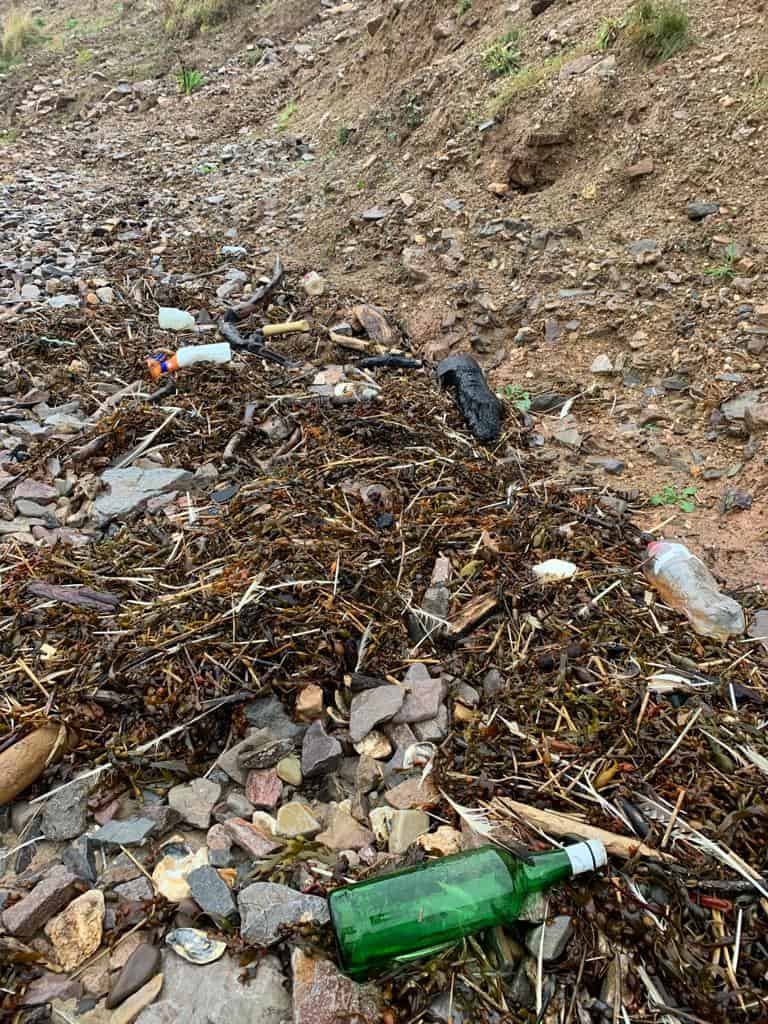
Cardiff
Cardiff Castle is one of the leading welsh heritage attractions and a site of international significance.
The Castle you see today is in the heart of the capital city. It has been a Roman fort and an impressive Norman castle too.
Behind Cardiff Castle is Bute park, a lovely Green Flag site which is also CADW Grade 1 listed. While walking around I discovered an interesting wall which caught my eye, surprise surprise it had animal carvings on it. The carvings of the animals began in the late 1880s by a man called Thomas Nicholls. The original animals included, a pair of lions holding shields, a lioness, a lynx, a bear, a sea lion, a wolf, a pair of apes and a hyena.
In 1923 the wall was moved and relocated west of the Castle, subsequently six extra animals were added, they were vulture, beaver, leopard, a pair of raccoons, a pelican and an anteater.
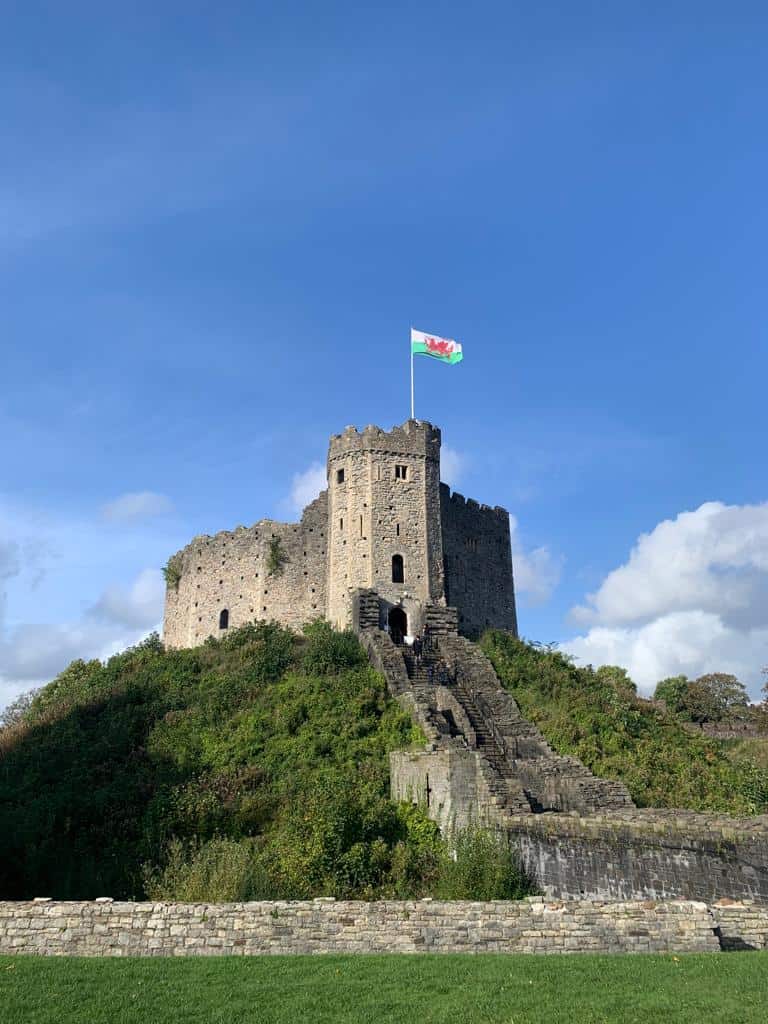

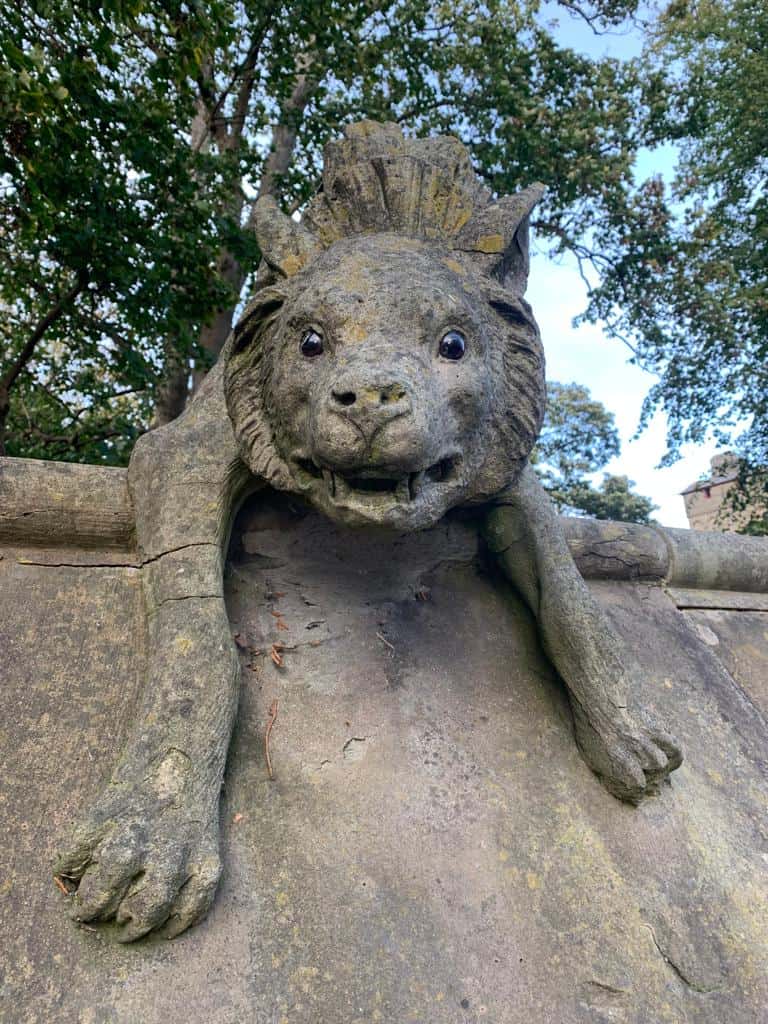
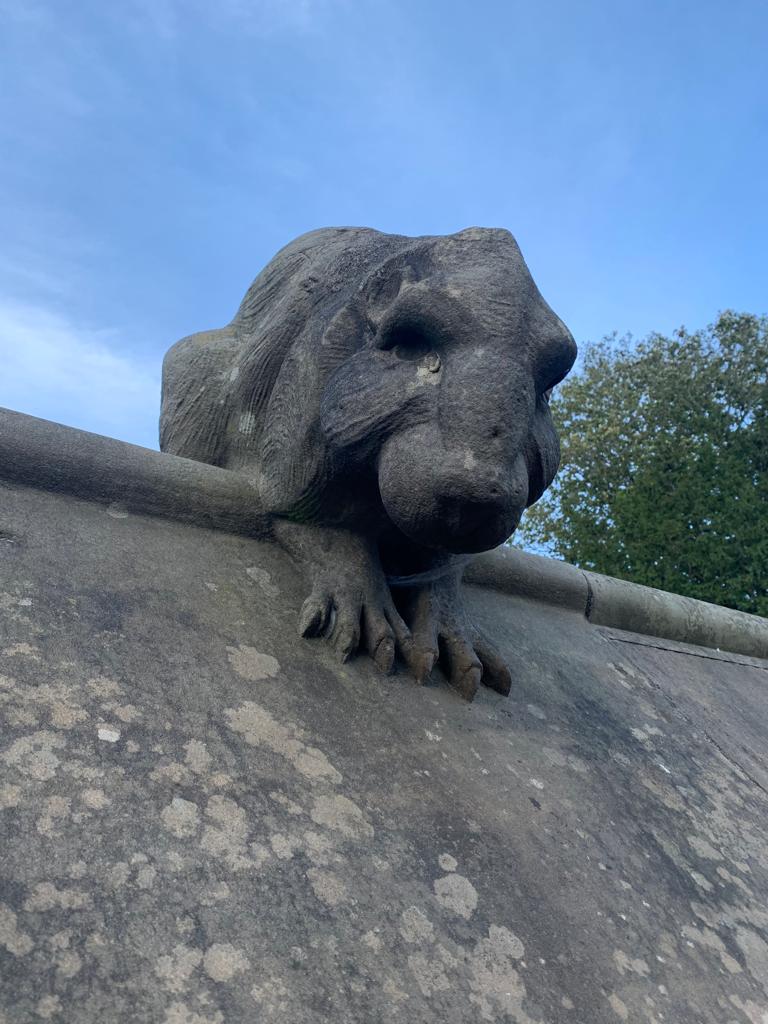

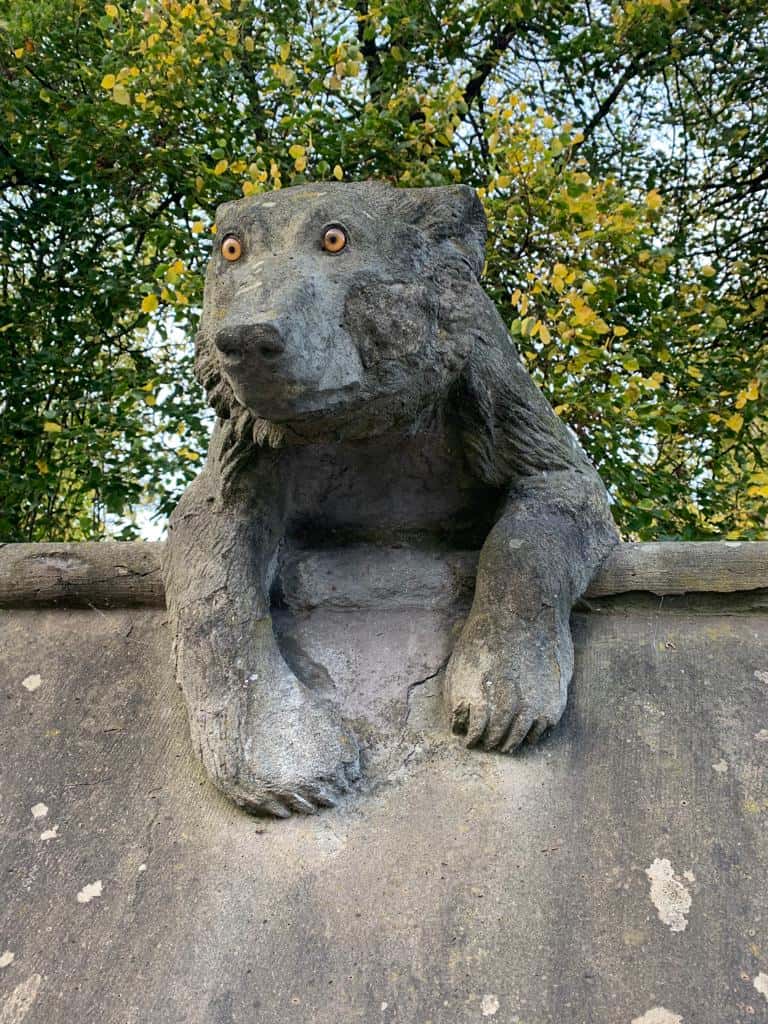
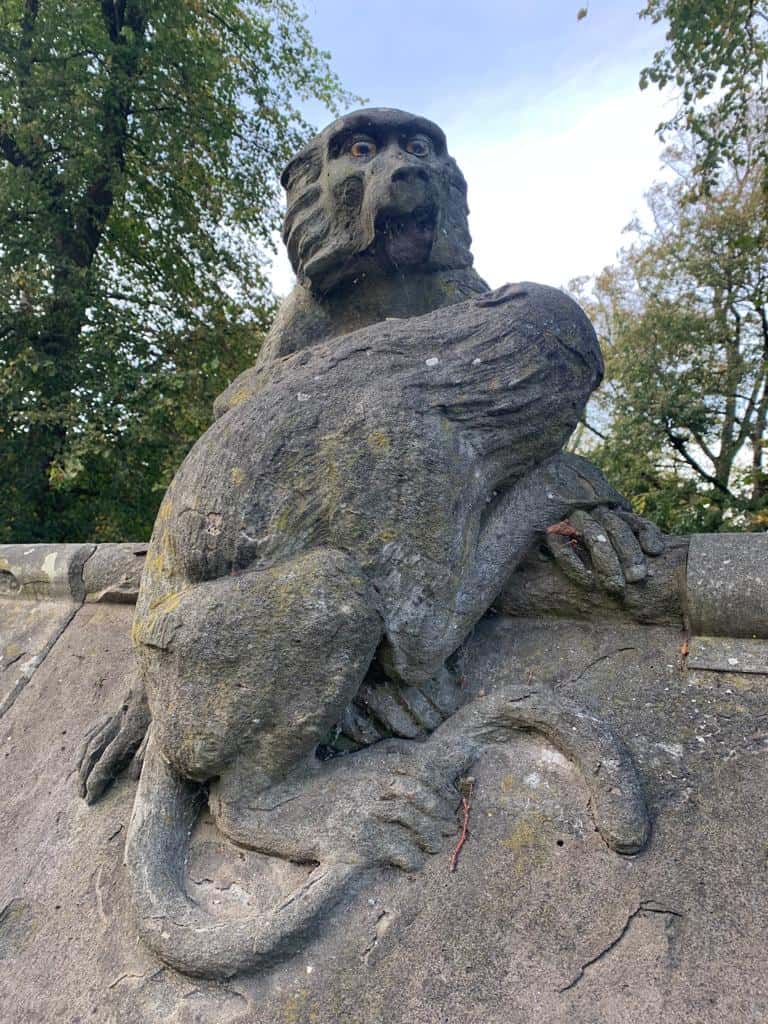

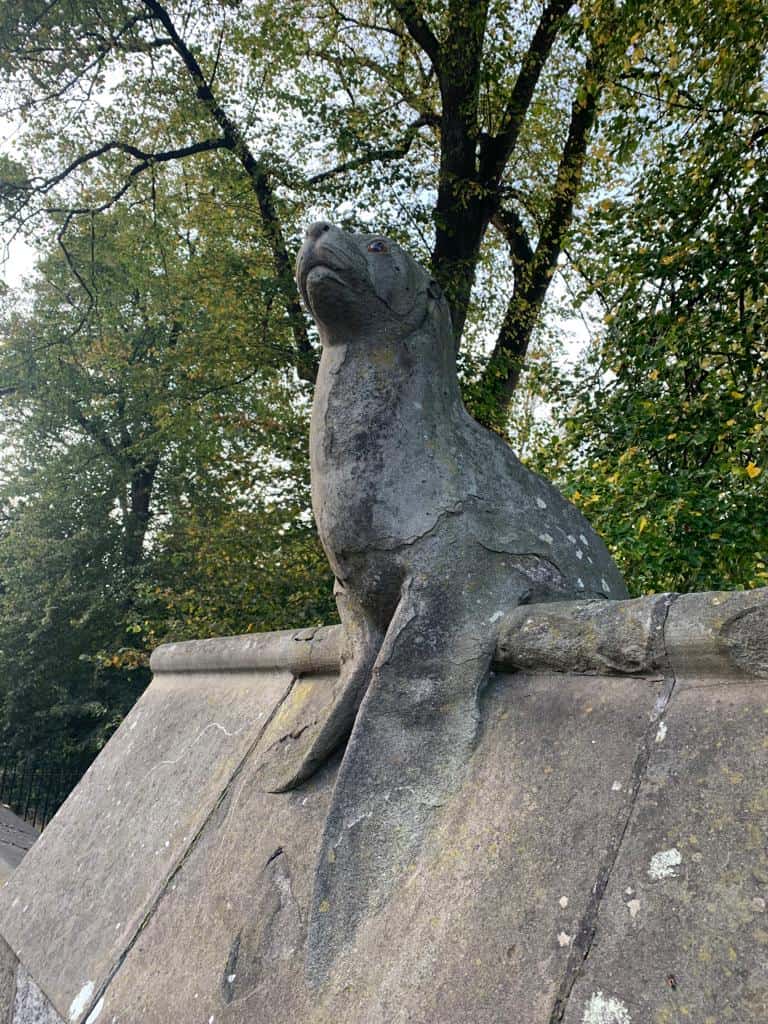
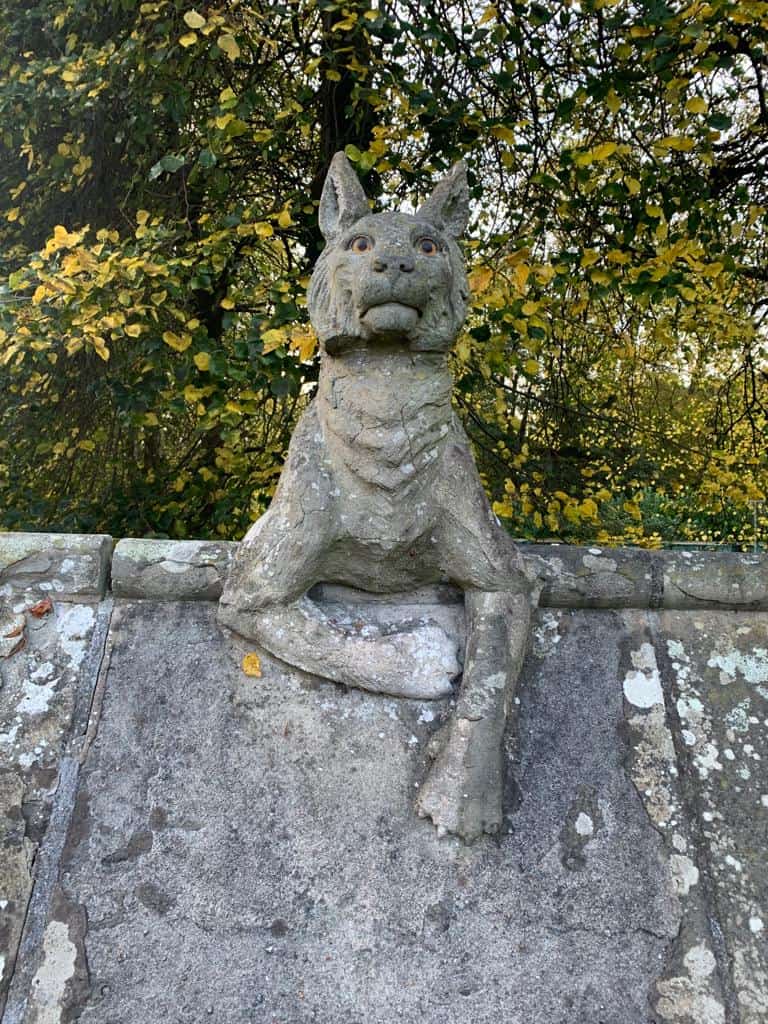
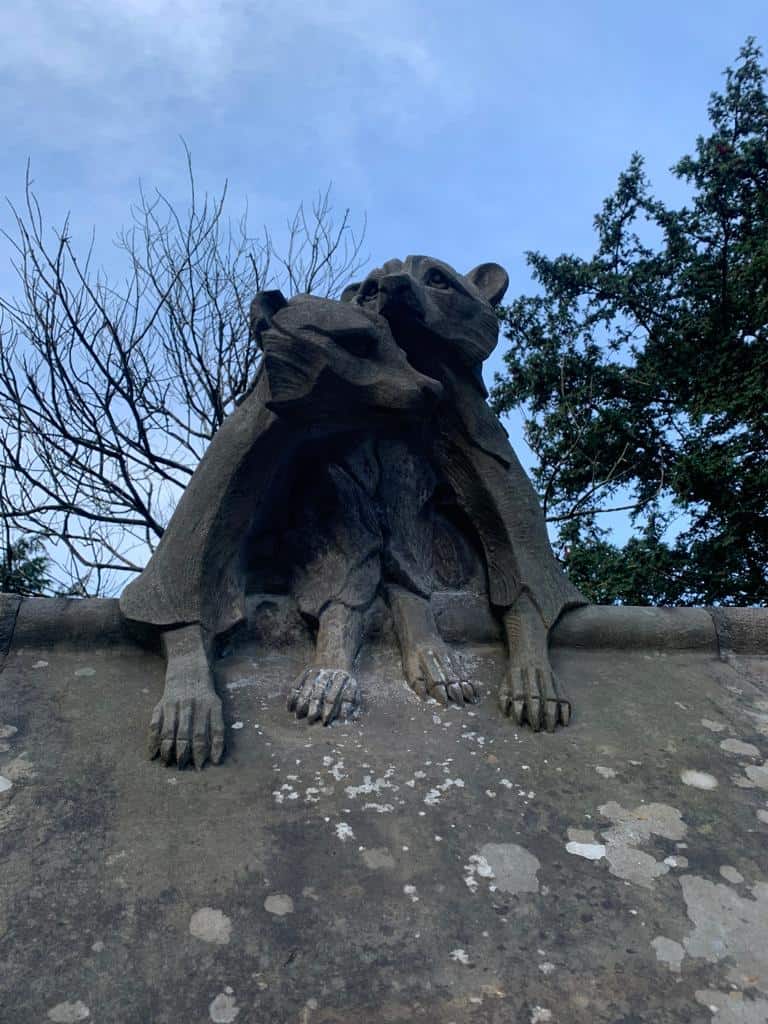
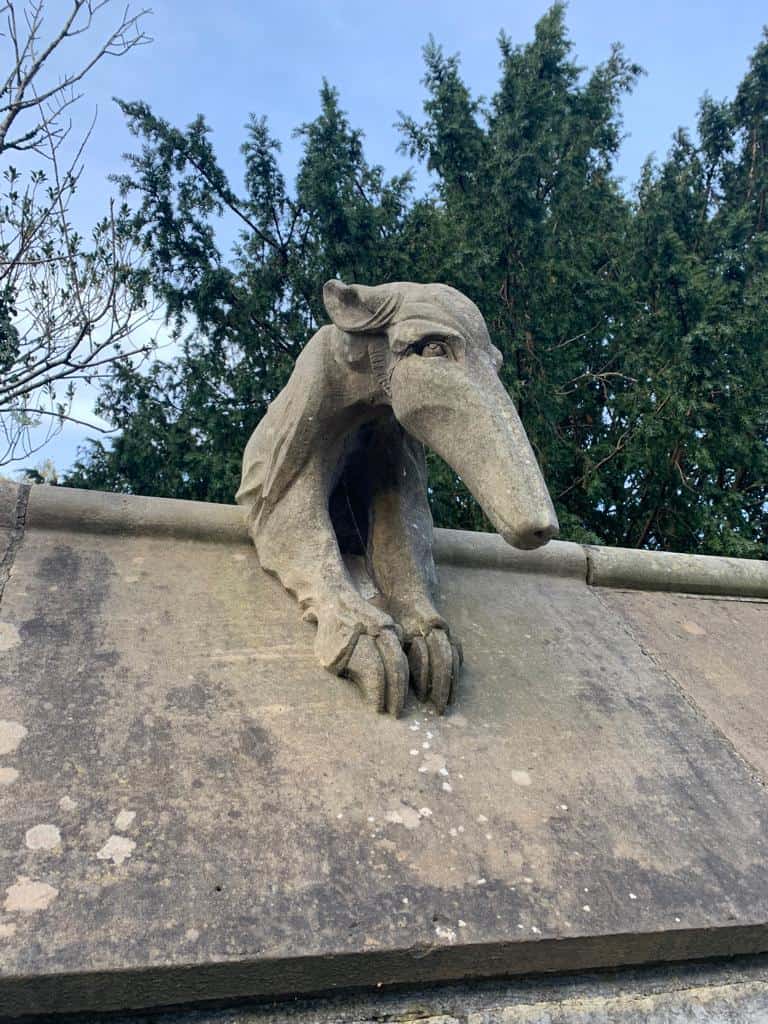

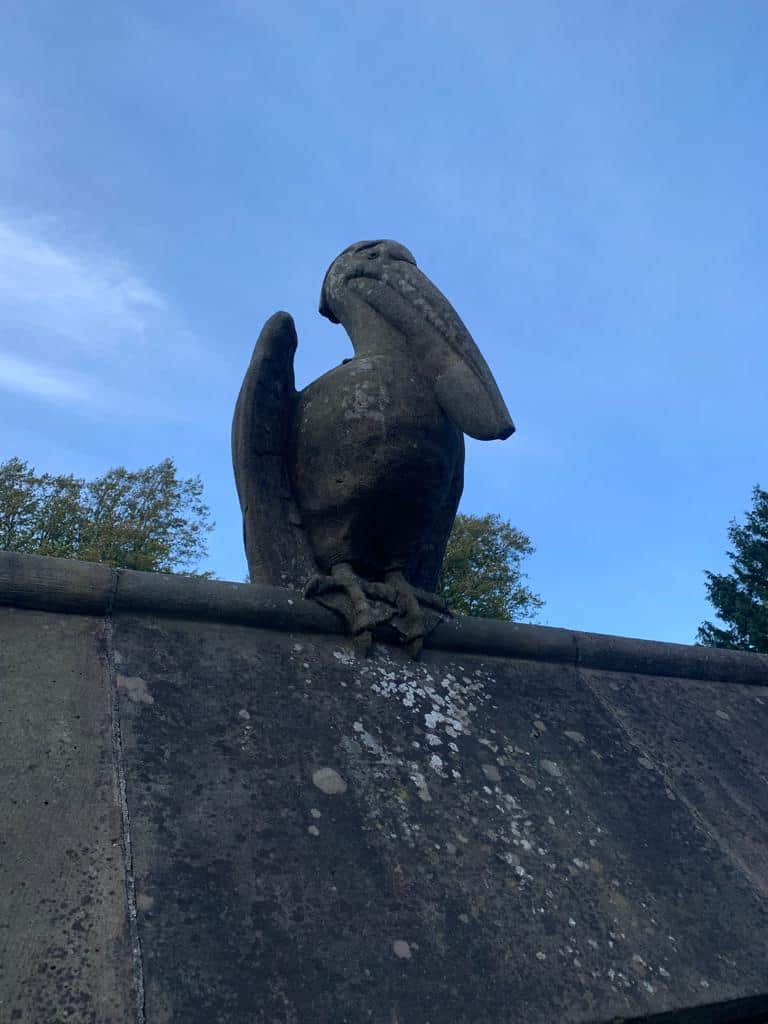
Folly Farm
And, of course, I’ve saved the best til’ last! Rhinos!
On my visit to welsh zoo, Folly Farm in Pembrokeshire, I was very lucky to get the chance to meet all of their Eastern Black Rhinos and they are one of only eight zoos in the UK to care for this critically endangered species. There are four black rhinos at Folly Farm; Dakima, Manyara, Nkosi and Glyndwr who was born in January 2020.
With fewer than 650 individuals left in the wild it is great news to see another one born in captivity. They can be found on the Kifaru Reserve at the farm, ‘Kifaru’ means Rhino in Swahili.
